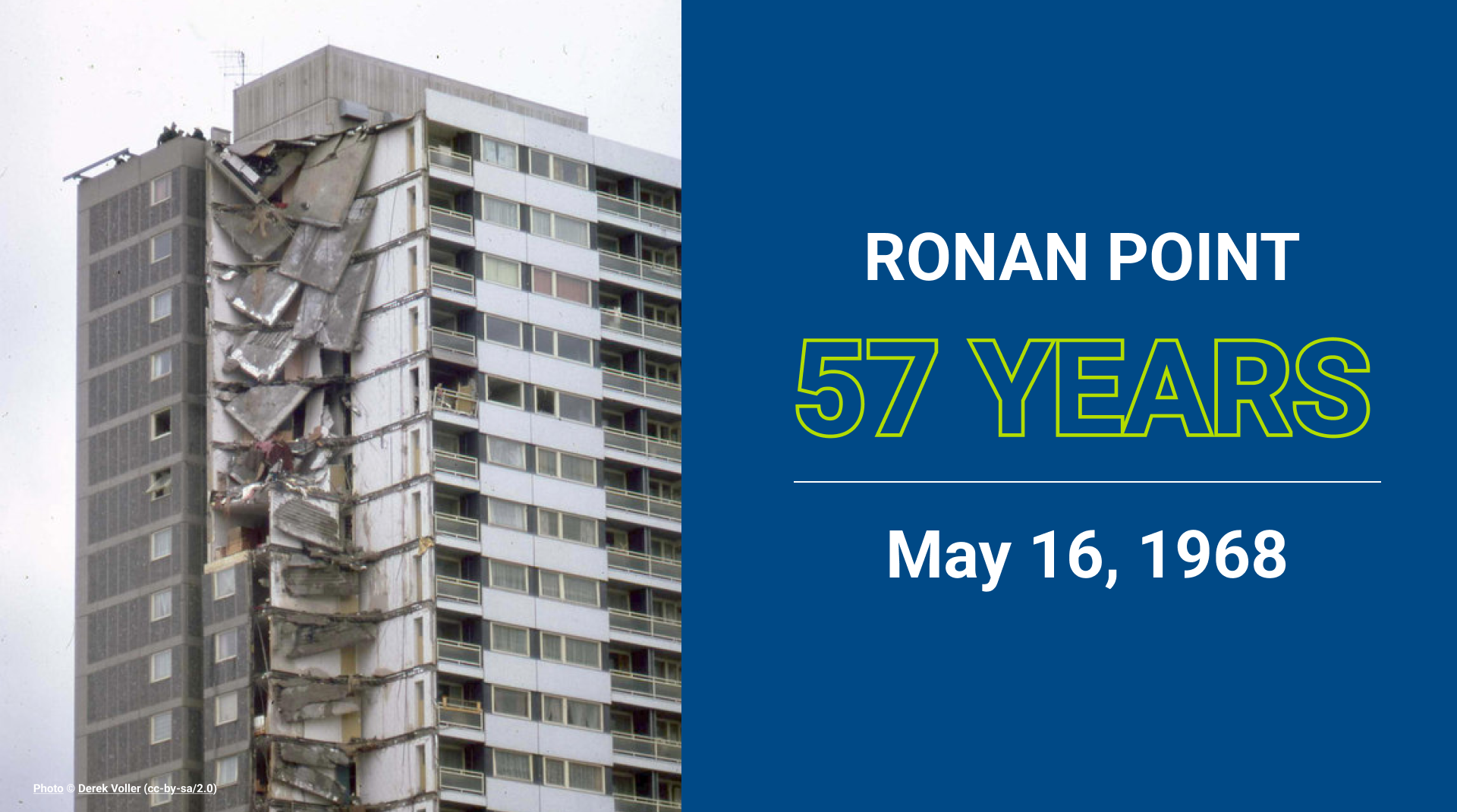Ronan Point at 57: The Collapse That Reshaped Building Regulations
On May 16, 1968, a gas explosion caused the partial collapse of Ronan Point, a 22-storey tower block in East London. The disaster claimed four lives and injured 17 others — a stark tragedy that forced a nationwide reckoning with construction practices, structural design, and safety protocols.

More than five decades later, the lessons from Ronan Point still resonate. As we continue to refine and reinforce our regulatory frameworks, we must not forget this pivotal moment in the history of building safety.
Key Lessons and Regulatory Changes
- Structural Integrity
Ronan Point exposed the fatal weaknesses of large panel system (LPS) construction. The collapse occurred through a chain reaction: one gas explosion led to an entire corner of the tower shearing away — a classic case of disproportionate collapse. This triggered a wave of scrutiny and reform, mandating better robustness and redundancy in structural systems.
Sources: Concrete Centre, DesignHorizons - Building Regulations Amendment (1970)
The UK Building Regulations were updated to introduce disproportionate collapse prevention measures and resilience against small explosive forces. It was one of the earliest examples of targeted legislative reform following a structural failure.
Source: Wikipedia - Gas Safety Overhaul
The event also cast a spotlight on domestic gas safety, eventually contributing to the formation of the Gas Safe Register and tighter controls over appliance installation, maintenance, and inspection.
Source: Logic4training
Why It Still Matters
Ronan Point remains more than a case study — it’s a permanent marker in the timeline of UK building safety. It reminds us what can happen in the absence of:
- Proper oversight
- Structural verification
- Reliable documentation
- Clear, enforced legislation
Final Reflection
As we reflect 57 years later, let’s not forget this pivotal point in building safety history. Ronan Point teaches us that tragedy often precedes reform — but it shouldn’t have to. That’s why robust legislation, clear documentation, and proactive design standards are not just regulatory tools — they’re life-saving imperatives.
“We build not just for today, but to protect lives tomorrow.”
